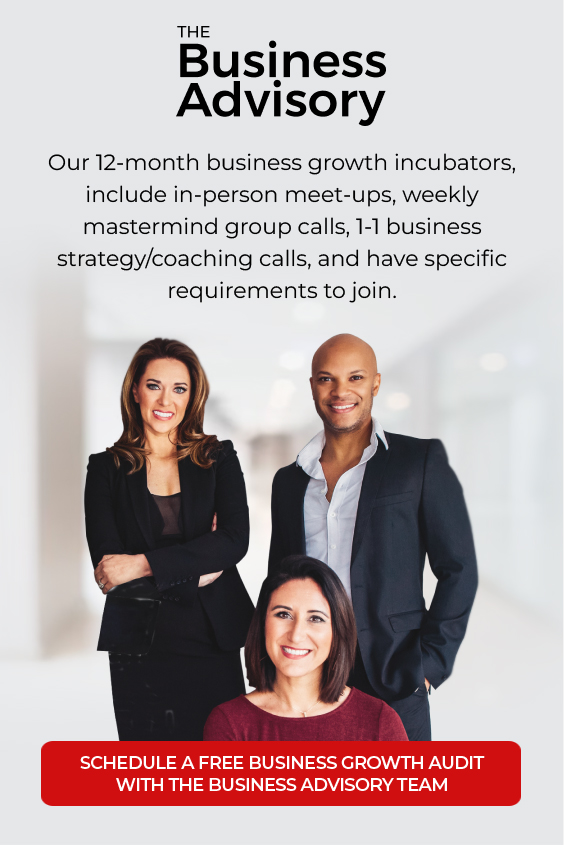Storytelling is everywhere. Every person you meet has a story. Every movie you watch. Every Netflix show you binge.
Marketing should be no different. Using story is a universal way to connect with your audience, give them the opportunity to see themselves in the story and appeal to the emotional buying triggers. Remember, people buy based on emotion, and back it up with logic.
Take this ad by The North Face, for example:
The video helps their target audience emotionally connect to the product by envisioning themselves in the story. It speaks to the explorer and creates that feeling of adventure when you watch.
The idea? You’re going to be able to travel the globe, explore new places and feel good doing it when you wear their products.
There are a 3 key components to a story that you should include in your marketing message:
- Character
In this case, your customer is always the hero of the story. They should be able to visualize themselves as the character in your story and by using your products or services, they’ll be able to accomplish what they want and need to. A big mistake most marketers make is that their character isn’t clearly enough defined. Think about your ideal client avatar and the thing they want most, and get super-specific in your messaging.The role you play in the story, as the marketer, is the trusted guide that is going to empathize with their situation and help them get to the outcome they need. Your job is to understand their problems and provide a clear path to how they’ll be able to overcome it.
- Conflict
What’s the urgent problem your customer is facing? What’s standing in their way of getting to the end goal? The problem is generally going to be the most important aspect of your story, because it’s what hooks people in, it’s what they relate to, and it’s what makes them want to stick around to see if they’ll be able to overcome it. Think about the gap you fill (we talk about this a lot when we talk about the Conviction Marketing Method) and clearly define how you can solve that problem.It’s important to dig deep when thinking about the problems your potential customer faces. There’s always going to be a surface level problem that lies a little bit deeper internally. For example, an entrepreneur who’s not seeing growth in their business isn’t making more money, but let’s take it a step further: lack of financial freedom means maybe working more hours because they can’t afford to hire help, less time spent with their family, more debt, etc. All things that result in an unpleasant feeling that lies deeper than the problem itself. It’s up to you to paint that picture for them. That’s where the stakes come in.
- Stakes / Tension
This is where urgency comes in. What’s going to happen if they don’t act right now? What are the stakes at risk if they wait? Something needs to be won or lost by the main character (your potential customer) by deciding to invest in your product or offer or not. If there are no stakes, your story might not be compelling enough to buy.
Effective storytelling
Now that we have our elements, how do you go about telling a compelling and effective story? There are a few ways to do this.
- Be entertaining. Capture their attention (after all, that’s one of the main reasons why they’re using social media anyway) and give them a reason to pay attention to your story.
- Keep it simple. If there are too many components to the story (i.e your character wants too many things, there are too many steps to get to the outcome, or you are using terminology that they don’t understand) they’re going to lose interest. Keep them invested with simple, straight to the point language and avoid any jargon that might turn them off.
- Personalize it. This is where your hope marketing can come in. Your audience is more likely to trust you if you’ve been in their shoes, and they can relate to your personal story. The idea of sharing personal stories is all about reassuring them that they aren’t alone, that you’ve been through the same thing and have the answer key. It’s inspiring them to take action.
- Speak to the outcome. Remember, marketing isn’t about sharing all the bells and whistles of your service. Your audience doesn’t want your offer, they want to buy the solution to their problems. They don’t care how they get there. Maybe it’s to achieve a higher status, look better, feel better, earn more money, or feel healthier. Either way, sell them the final destination and paint a picture of what their life could look like.
Now that you have the key storytelling elements dialed in, it’s time to go to market in a new and exciting way. And if you need any help crafting the perfect message, join us inside the Marketing Mastery Club!










